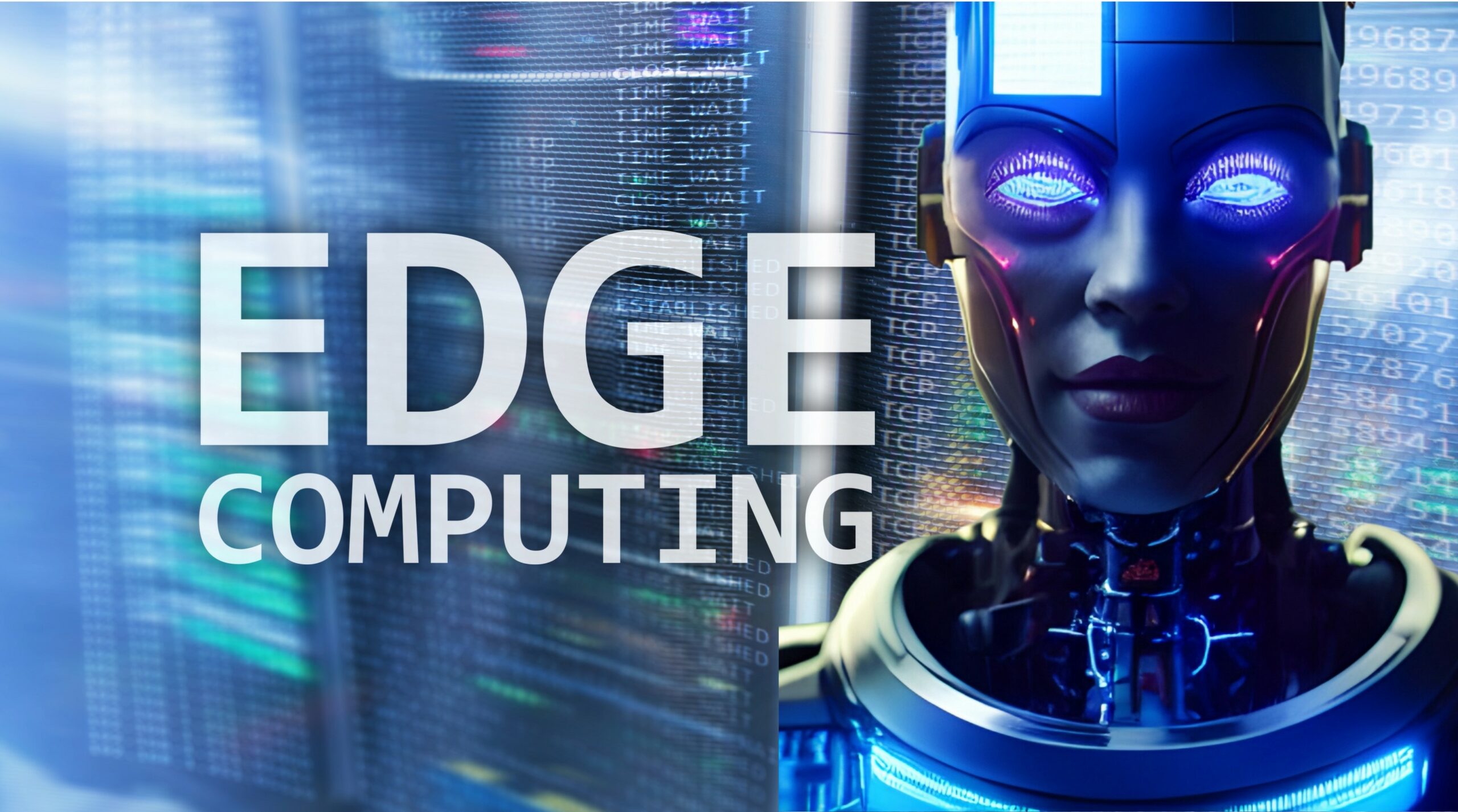Edge computing and artificial intelligence (AI) have emerged as game-changing technologies with the potential to revolutionize numerous industries. As these two domains converge, the future impact on AI-driven robotics platforms is nothing short of groundbreaking. In this article, we will explore the transformative effects of edge computing on the evolution and practical application of AI-driven robotics platforms. Additionally, we will highlight key companies at the forefront of developing cutting-edge edge computing platforms, driving innovation and shaping the future of robotics.
The Power of Edge Computing
Before delving into the impact on robotics, it is important to grasp the significance of edge computing. Traditionally, data processing has been centralized in cloud data centers. Edge computing, however, brings computation closer to the source, enabling real-time analysis and reducing latency. By distributing computing power across edge devices, edge computing revolutionizes data processing, providing faster decision-making and alleviating the strain on cloud infrastructure.
Enriching AI-Driven Robotics
AI-driven robotics platforms have already demonstrated remarkable capabilities in a wide range of applications. By integrating AI algorithms and machine learning, robots can perceive, analyze, and adapt to their surroundings, enhancing their autonomy and functionality. Edge computing complements AI in robotics by enabling real-time data processing and reducing response times. This synergy between edge computing and AI empowers robots to make intelligent, informed decisions faster and more efficiently.
Industry Pioneers in Edge Computing
Several companies are at the forefront of developing cutting-edge edge computing platforms that are poised to revolutionize AI-driven robotics. These industry leaders include:
NVIDIA: NVIDIA’s EGX platform combines powerful GPUs with edge computing capabilities, enabling AI inference and data processing at the edge. Their platform is designed to accelerate AI-driven robotics by providing low-latency processing and enhancing real-time decision-making.
Intel: Intel’s OpenVINO toolkit empowers AI-driven robotics by optimizing deep learning models and enabling them to run efficiently on edge devices. Intel’s edge computing platforms, such as the Intel NUC and Intel IoT Gateway, provide the processing power needed for complex AI algorithms on the edge.
Microsoft: Microsoft’s Azure IoT Edge is a comprehensive platform that enables AI-driven robotics to leverage edge computing capabilities. By deploying AI models and services to the edge, Azure IoT Edge empowers robots to process data locally, reducing latency and enhancing their autonomy.
Google Cloud IoT Edge: Google Cloud IoT Edge enables AI-driven robotics platforms to perform data processing, machine learning, and AI inference at the edge. Their platform facilitates real-time decision-making and supports seamless integration with Google Cloud services for enhanced analytics and scalability.
Unlocking New Possibilities
The impact of edge computing on AI-driven robotics platforms extends beyond enhanced data processing and reduced latency. It also opens up a realm of new possibilities and applications. From autonomous drones for surveillance and delivery to collaborative robots in industrial automation, the convergence of edge computing and AI drives innovation across various sectors. Edge computing enables robots to operate effectively in dynamic environments, ensuring quicker response times, improved safety, and increased adaptability.
Addressing Challenges and Advancements
While the future of edge computing in AI-driven robotics is promising, there are still challenges to overcome. Edge devices must cope with limited computational resources, power constraints, and security concerns. However, ongoing advancements in hardware and software technologies are steadily addressing these challenges, making edge computing platforms increasingly efficient, secure, and scalable.
Towards a Transformed Future

The future impact of edge computing on AI-driven robotics platforms is poised to transform industries and redefine human interaction with technology. As edge computing platforms continue to evolve and mature, the synergy between AI and robotics will become even stronger, enabling robots to perform complex tasks with greater autonomy and intelligence. Edge computing is revolutionizing the field of AI-driven robotics, empowering robots with enhanced capabilities and real-time decision-making. As companies like NVIDIA, Intel, Microsoft, and Google drive innovation in edge computing platforms, the future of robotics looks promising. With advancements in hardware, software, and security, the convergence of edge computing and AI will unlock unprecedented possibilities, transforming industries and reshaping our world.








